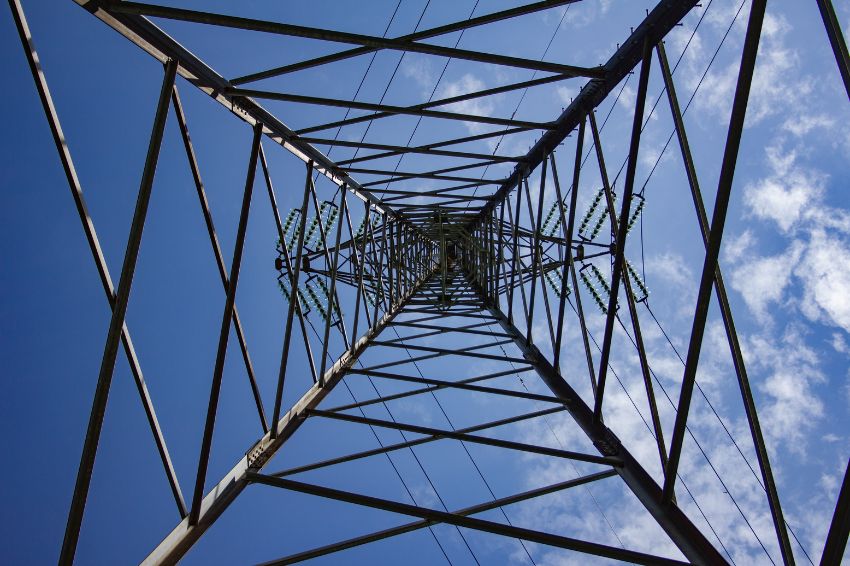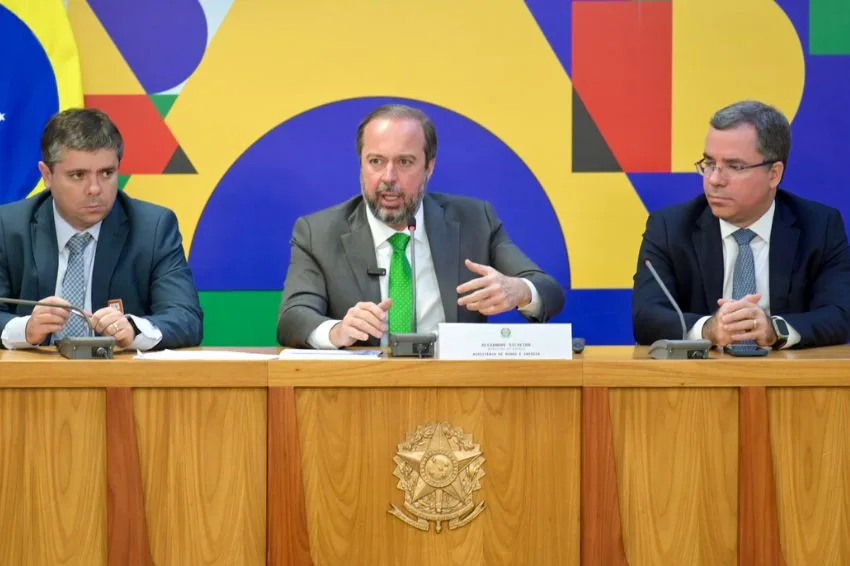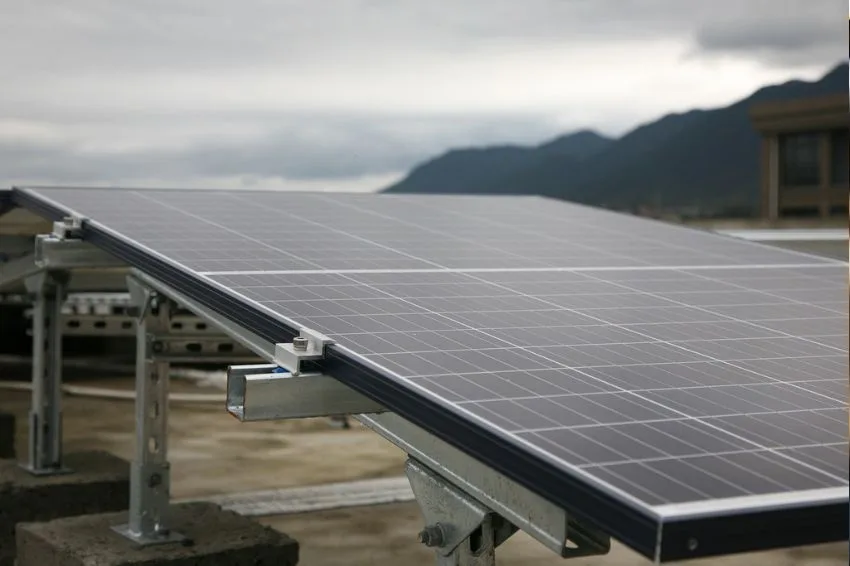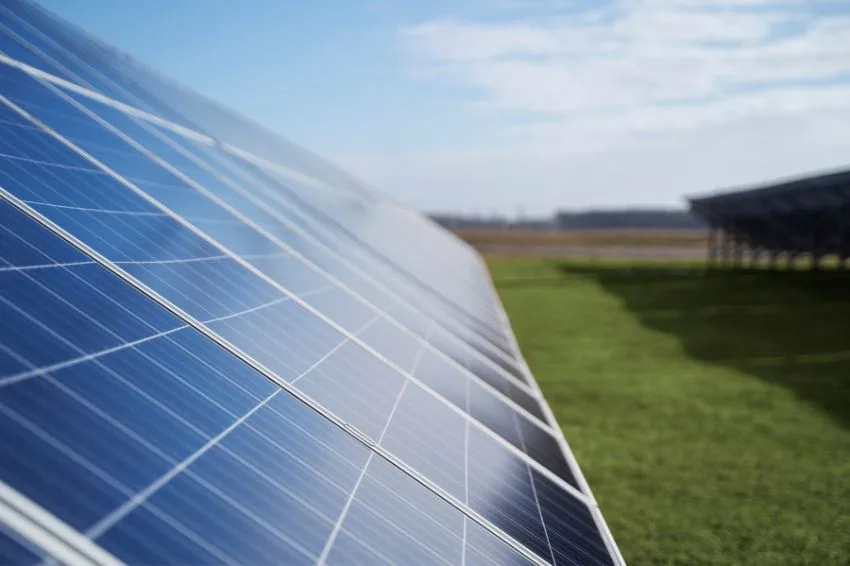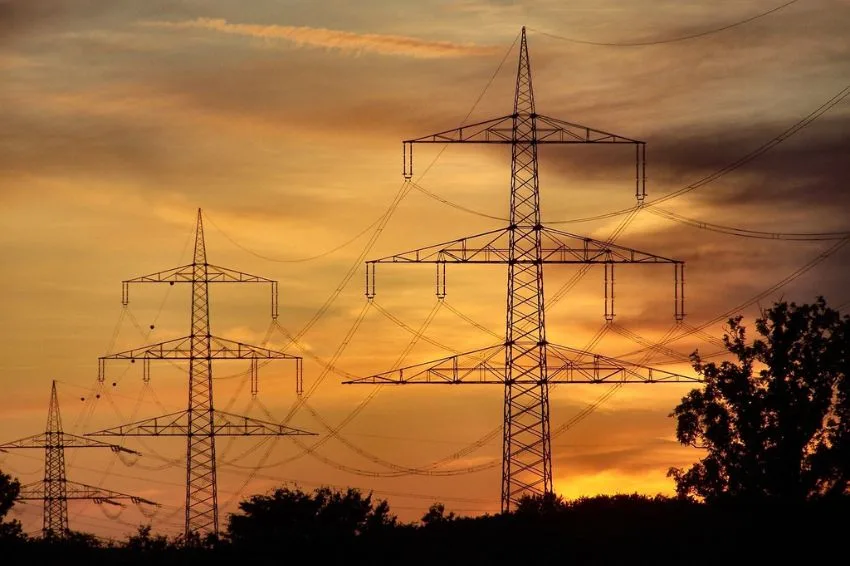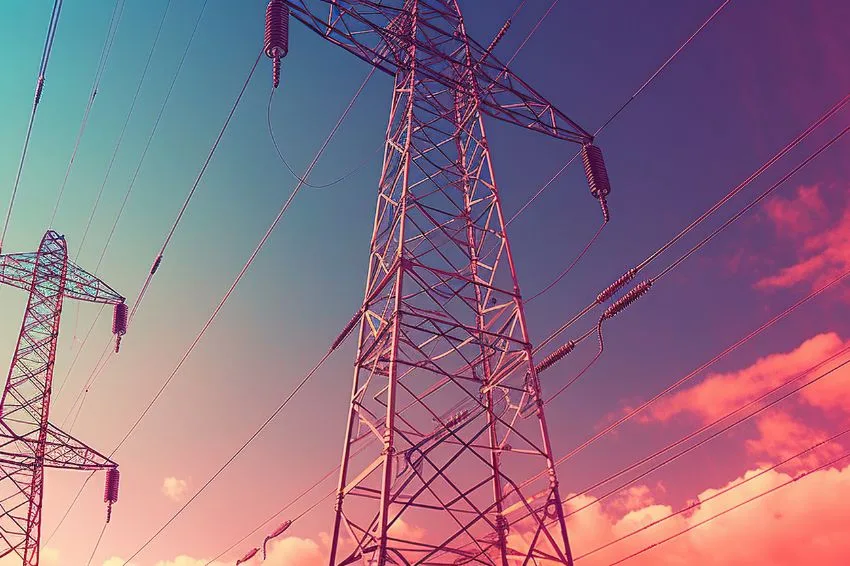The full opening of the free energy market has been making great strides, with proposals from the Executive Branch so that, in the coming years, all Brazilians will have the right to choose their own supplier and negotiate personalized contract conditions.
However, according to survey carried out by CCEE (Electricity Trading Chamber), there is a slowdown in the growth rate of the environment.
For the organization, the data proves that there is an opportunity for strengthening retail sales and adopting regulatory improvements that allow consumers to migrate with photovoltaic distributed generation equipment.
According to CCEE, between January and September this year, 3,064 consumer units migrated to the free market, a reduction of 24% compared to the same period in 2021 and a decline of 17% compared to 2020.
The institution notes that the loads that have opted to leave the distributor segment are increasingly smaller, approaching or even falling below the minimum limit of 500 kW of contracted demand, provided for in the sector's current rules.
In the Chamber's view, this means that an increasing number of companies will have to form a communion, that is, bring together several stores or factories that share the same CNPJ or are on the same land in order to meet current regulatory requirements.
The more intense migration of small and medium-sized groups, as opposed to the large industrial and retail chains that were the main stakeholders in the free market, brings a series of complexities to the process.
Rui Altieri, president of the CCEE Board of Directors, highlighted the importance of the retail trader in this scenario, a figure created to manage the contracts and risks of this new public in the environment. Currently, there are already 53 qualified to operate in the category, but there is still a lack of a consistent customer base.
“We are at a moment of extreme importance, in which we already have a proposed schedule for liberalization for all Brazilians until 2028,” said Altieri.
“The MME (Ministry of Mines and Energy) set deadlines to be debated by society in a Public Consultation and, very correctly, determined that smaller consumers will be served by the retailer, who is the one who knows the electricity sector in depth and can provide full support for its operation”, he explained.
Distributed generation
In the case of distributed generation, the Chamber of Commerce highlights the need to improve the current rules, so that those who already have photovoltaic equipment in their home or business can also have the free market as an alternative.
Currently, regulation does not allow the migration of units that participate in the compensation system with distributors, which are those that deliver their own energy produced to the electricity grid and earn credits.
“There are more than 60 thousand loads in this situation among high voltage customers alone, in the so-called tariff group A. We need, together with all sector bodies, to study the best way to accommodate the needs of this group. It is important that we resume the debate on the possibility of selling surplus solar generation in the free environment”, he concluded.


